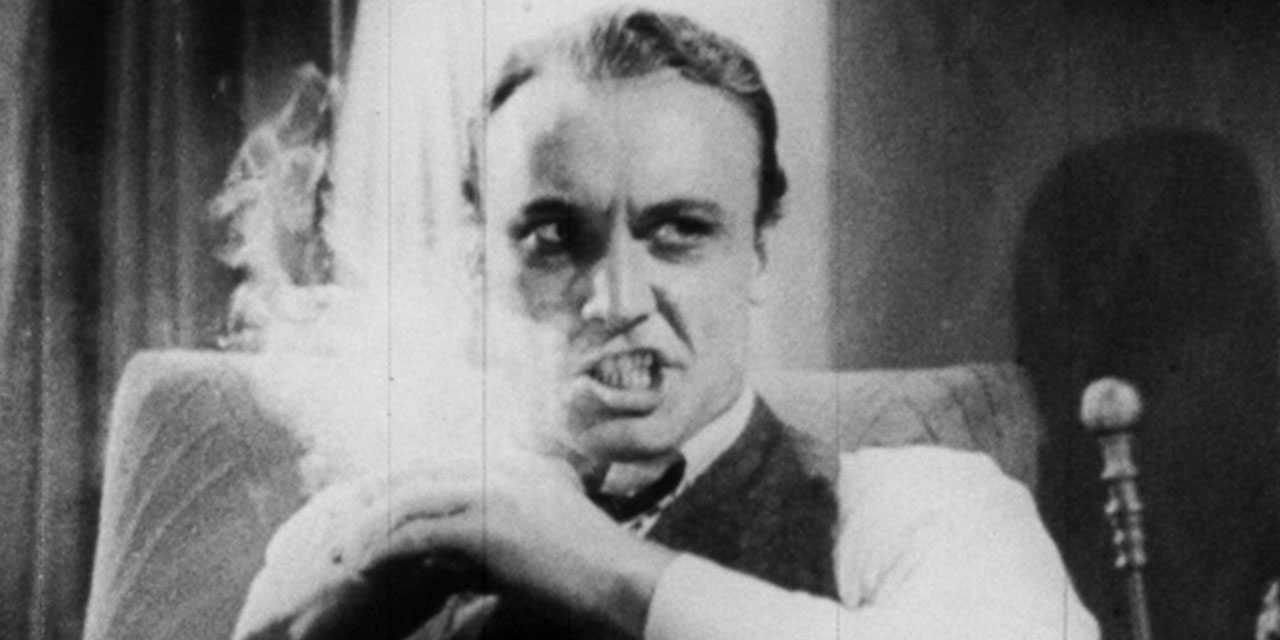
Reefer Madness Revisited
Unveiling the Origins of Cannabis Stigma and Its Pervasive Impact on Society
In the early 20th century, a pervasive wave of sensationalism and fear surrounding cannabis swept through American society, driven by a propaganda campaign that significantly influenced perceptions and policies for decades. At the core of this campaign was the infamous film “Reefer Madness,” a cinematic representation that epitomised the exaggerated hysteria and baseless fears associated with cannabis use.
Unraveling the Birth of Misinformation
Released in 1936, “Reefer Madness” aimed to caution viewers about the supposed dangers of marijuana. The film depicted the plant as a catalyst for madness, violence, and moral degradation, portraying young people indulging in marijuana and descending into a world of crime, insanity, and societal decay.
Behind-the-Scenes Propaganda
“Reefer Madness” was not merely entertainment; it was a pivotal part of a broader propaganda effort driven by political and economic interests. Amid increasing racial tension and immigration concerns in the early 20th century, cannabis became a convenient scapegoat. The film served as a tool to fuel fears and reinforce the narrative that cannabis was a dangerous substance corrupting the youth and threatening social order.
Impact on Public Perception
The exaggerated portrayal in the film had a profound and enduring impact on public perception. It played a key role in creating a stigma around cannabis that persists to this day. “Reefer Madness” fuelled a climate of fear and misinformation, leading to the passage of stringent laws like the Marihuana Tax Act of 1937, effectively criminalising cannabis at the federal level in the United States.
Legacy and Cultural Influence
Despite its initial commercial failure and critical reception, “Reefer Madness” gained cult status in later years for its unintentional humor and historical significance. However, its impact on cannabis policy and societal attitudes cannot be overstated. The film became a symbol of misguided hysteria, influencing public opinion and policy-making for decades.
Dispelling the Myths
Looking back, “Reefer Madness” serves as a stark reminder of the potent role media and propaganda play in shaping perceptions. As society evolves and scientific understanding advances, many myths propagated by the film have been debunked. Research has shown that cannabis does not inherently induce madness or violence, and its medicinal properties have gained recognition worldwide.
Shifting Paradigms and Progressing
In recent years, attitudes toward cannabis have gradually shifted. Legalisation efforts for both medicinal and recreational purposes have gained momentum globally. However, the stigma originating from films like “Reefer Madness” still lingers, affecting policy debates, social attitudes, and individuals using cannabis for various reasons.
“Reefer Madness” remains a testament to the enduring effects of misinformation and propaganda. Its portrayal of cannabis as a malevolent force has left a lasting impact on public perception and policy, contributing to the stigma surrounding the plant for generations. Understanding the historical context of such narratives is crucial as society navigates debates around legalization, regulation, and broader perceptions of cannabis.
Moving forward, it is essential to critically examine the historical roots of cannabis stigma, differentiating between fact and fiction, and fostering informed discussions based on evidence and research. This approach allows for a more balanced and nuanced understanding of cannabis and its role in society, aligning with the evolving times.








































